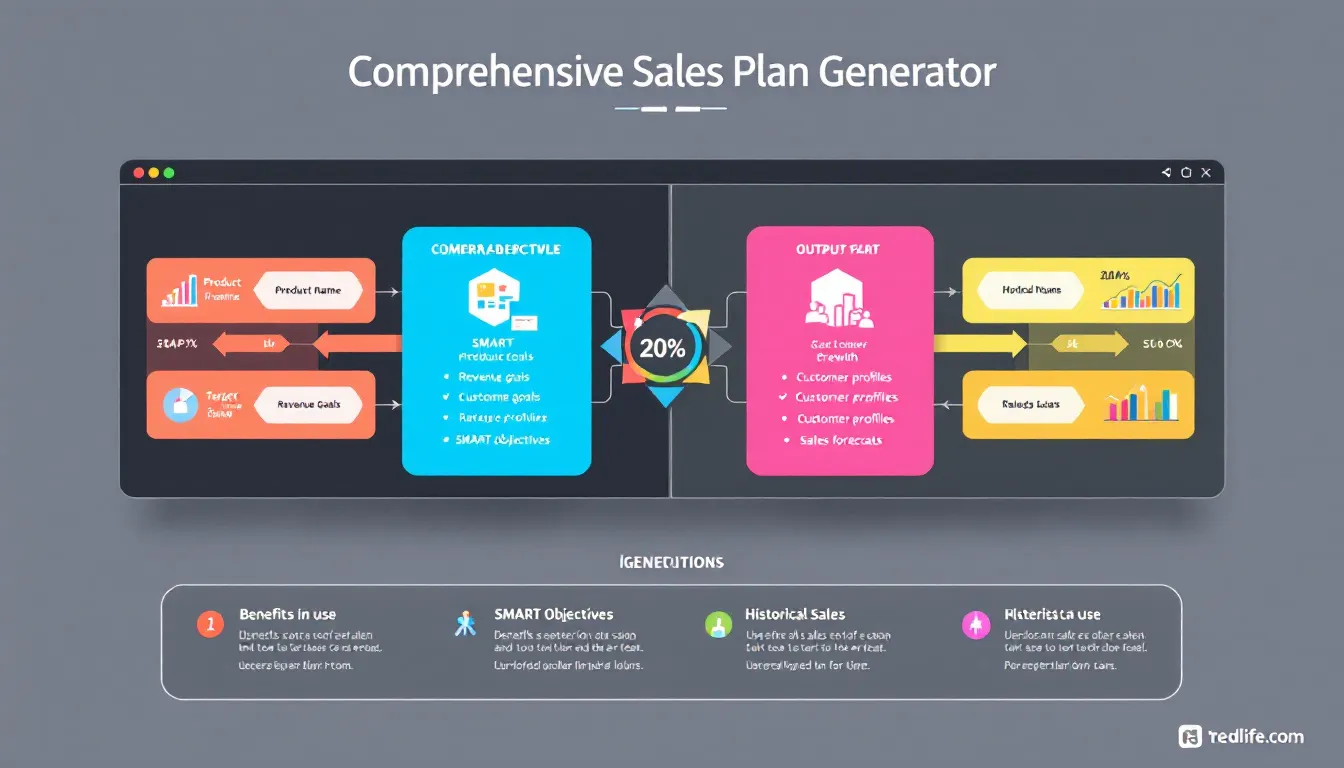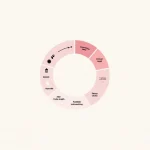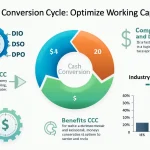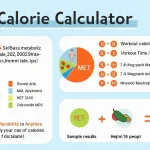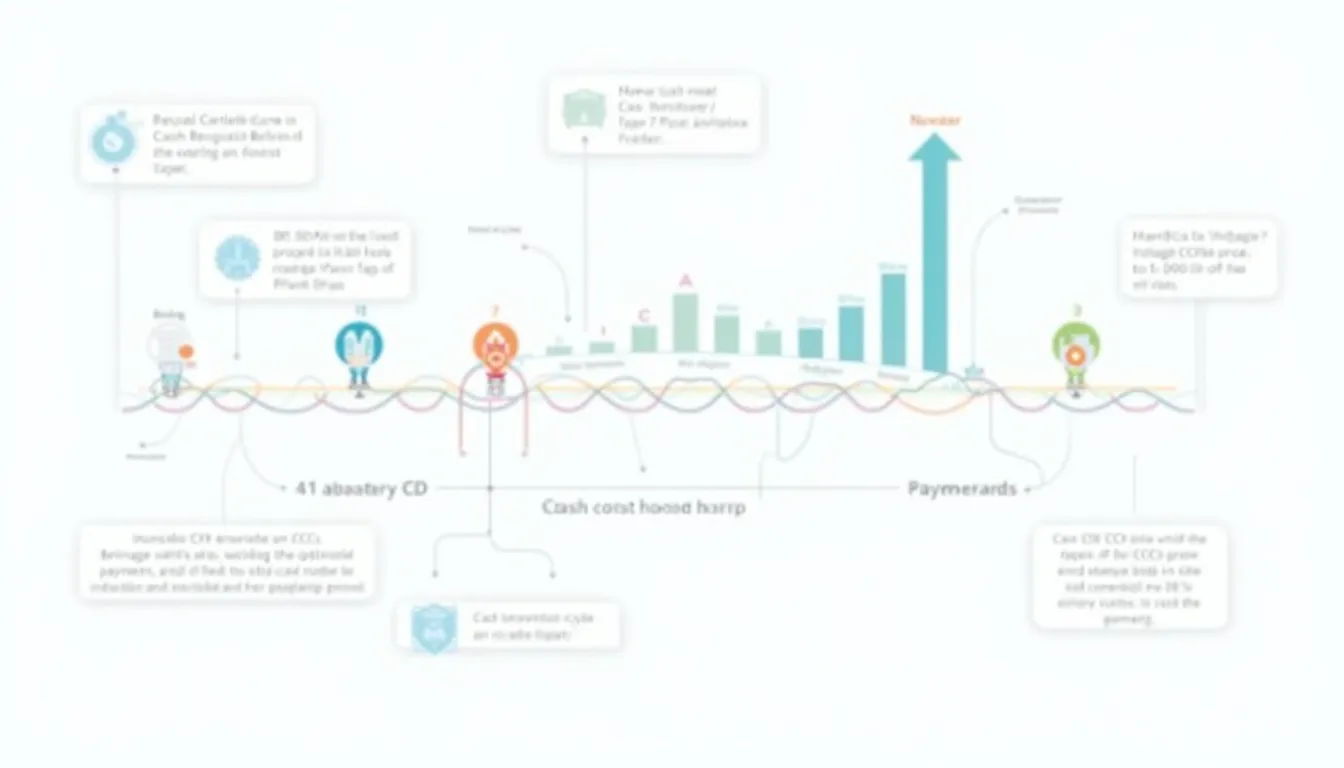Is this tool helpful?
How to use the tool
- Product or Service Name: Describe what you sell. Examples: Cloud Data Audit Suite, Artisan Cold Brew Subscription.
- Desired Revenue Increase: Input a dollar or percentage goal. Examples: $48,000, 18 %.
- Time Frame: Pick how long you have to hit the goal—Quarterly, Semi-Annually or Annually.
- Target Customer Demographics: Outline buyer profiles. Examples: 40-60 years, male, high income, 18-25 years, non-binary, student budget.
- Geographic Areas: Specify locations. Examples: Mid-Atlantic U.S. metros, Southeast Asian tech hubs.
- Customer Interests & Behaviors: Note passions or habits. Examples: Zero-waste living, Competitive mobile gaming.
- Average Sales Cycle Length (days): Enter closing time. Examples: 21, 75.
- Preferred Sales Techniques: Choose Upselling, Cross-selling, Consultative, or Relationship selling.
- Historical Sales Figures (Optional): Add past results for stronger forecasts. Examples: Q1 $42 k; Q2 $47 k, 2022 H1 $500 k; H2 $560 k.
- Current Sales Tools (Optional): State platforms you already use. Examples: Pipedrive, Freshsales.
- Number of Salespeople: Enter team size. Examples: 3, 27.
- Generate Plan: Click “Generate Sales Plan” to receive tactics, timelines and forecast figures tailored to your inputs.
Quick-Facts
- Average B2B sales cycle is 102 days (Gartner, 2023).
- 69 % of buyers accept virtual demos over in-person visits (McKinsey, 2022).
- Teams using sales playbooks see 33 % higher quota attainment (CSO Insights, 2021).
- CRM adoption lifts revenue by 29 % (Salesforce “State of Sales”, 2022).
FAQ
What is the Sales Plan Generator?
This cloud form builds a personalised roadmap—goals, tactics, milestones—based on your inputs and industry benchmarks.
How does it customise recommendations?
The backend matches your demographics, cycle length and technique choice to best-practice templates and recent market data.
Which businesses benefit most?
Start-ups needing structure, SMEs scaling regionally and enterprise teams refining playbooks all gain clear, actionable steps.
Is historical sales data mandatory?
No, but supplying past figures unlocks more accurate forecasts and seasonality adjustments for inventory or staffing.
Can I update the plan later?
Yes. Re-submit the form with revised goals or market changes and receive an updated strategy within moments.
Does it replace a CRM?
No. It complements your CRM by defining objectives; logging execution still happens in tools like HubSpot or Dynamics.
How accurate are the forecasts?
Forecasts rely on your data quality and use linear growth models combined with industry medians cited by Gartner.
What’s one expert tip for better results?
“Align quota targets with customer buying cycles for 15 % faster closes” (Gartner Sales Guide, 2023).
Important Disclaimer
The calculations, results, and content provided by our tools are not guaranteed to be accurate, complete, or reliable. Users are responsible for verifying and interpreting the results. Our content and tools may contain errors, biases, or inconsistencies. Do not enter personal data, sensitive information, or personally identifiable information in our web forms or tools. Such data entry violates our terms of service and may result in unauthorized disclosure to third parties. We reserve the right to save inputs and outputs from our tools for the purposes of error debugging, bias identification, and performance improvement. External companies providing AI models used in our tools may also save and process data in accordance with their own policies. By using our tools, you consent to this data collection and processing. We reserve the right to limit the usage of our tools based on current usability factors.
